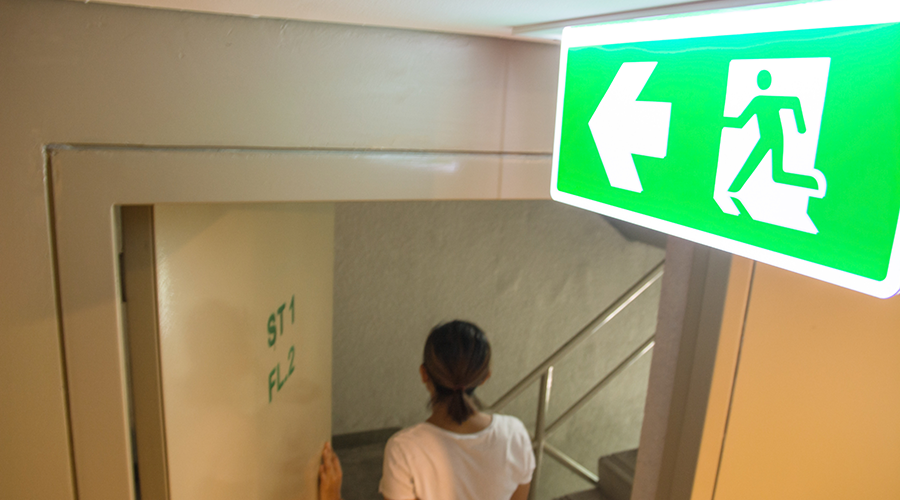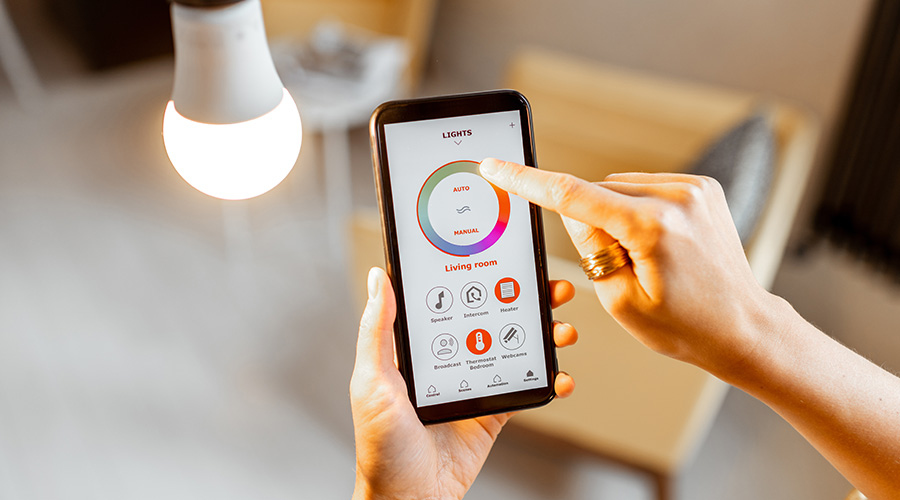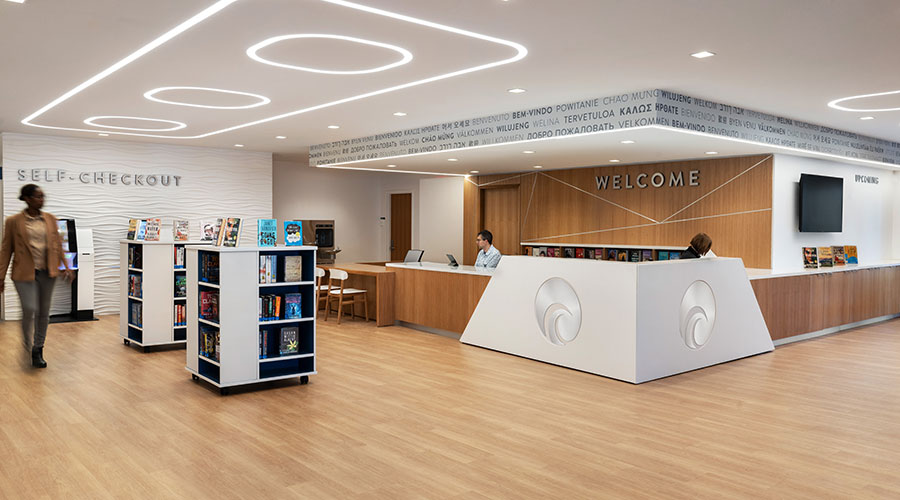Advanced Lighting Controls Offer Better Control, More Energy Savings
The basic equation relating lighting controls and energy usage is simple: Energy = Power x Time. Until fairly recently, lighting control systems were typically designed to control either the power or the time — but not both. For example, architectural preset systems allow you to dim all lights to preset levels, but don't usually incorporate a scheduling function. Low-voltage relay systems allow you to schedule operation of each branch circuit, but don't typically incorporate any way to dim lights. Now, advanced lighting controls allow both better control and more energy savings.
This is important because the majority of commercial interiors in the U.S. are overlit. Changes in visual tasks have affected lighting requirements. For example, people don't generally read words on paper during work (or study, etc.).
The Illuminating Engineering Society of North America (IES) published a new version of their Handbook (10th Edition) in 2011. Now, IES provides a procedure to more specifically select appropriate target light levels based on things like monitor type, positive versus negative polarity, average age of occupants, etc. As an example, it is now theoretically possible to have a target illuminance level of 7.5 (average horizontal maintained) footcandles on the work surface in an office space. While most facilities won't have a target level that low, it shows how the new guidelines take into account factors that may have a substantial effect on the light levels in your space.
What if you decide, for example, that occupants can suffice with 30 footcandles, but may occasionally need 40? In an advanced lighting control system, you can set the "default" behavior to dim lights to 30 footcandles, but allow them to increase to 40 when needed. By keeping the levels dimmed to provide 30 footcandles most of the time, you are controlling both the power as well as the time functions to get the right light at the right time, and save energy in the process.
How Advanced Lighting Controls Work
Most advanced systems have a centralized hub for control circuitry as well as for the power wires themselves. Some systems distribute hubs throughout a facility. That may have the potential to reduce associated wiring costs. Yet other systems allow you to retrofit existing fixtures so you don't have to run any new wiring at all. A good example is a wireless system that only necessitates that you add wireless controllers and establish a wireless mesh network for communication with the server. However, keep in mind that every fixture will require that piece of hardware, plus the labor to add them to each fixture. Clearly, any cost comparison between systems using different communication methods needs to take into account equipment as well as labor expense. Note that not all systems have one centralized server, although most do.
Lighting Control Strategies
There are several major strategies that the most advanced systems use:
- Scheduling — shutting lights off when not in use
(or at least dimming them to a low level).
- Facility-wide "tuning" — reducing the default light level (let's say to 75 percent of maximum).
- Daylight harvesting — dimming electric lights in
response to available daylight.
- Occupancy/vacancy sensing — turning lights off or
dimming them when a space is vacant.
- Personal control/manual override — giving users a
way to dim or turn off lights (or in some cases make
lights brighter) when desired.
- Load shedding ("demand response") — dimming or
shutting lights off during periods of peak demand.
—Steven Mesh |
Related Topics:















